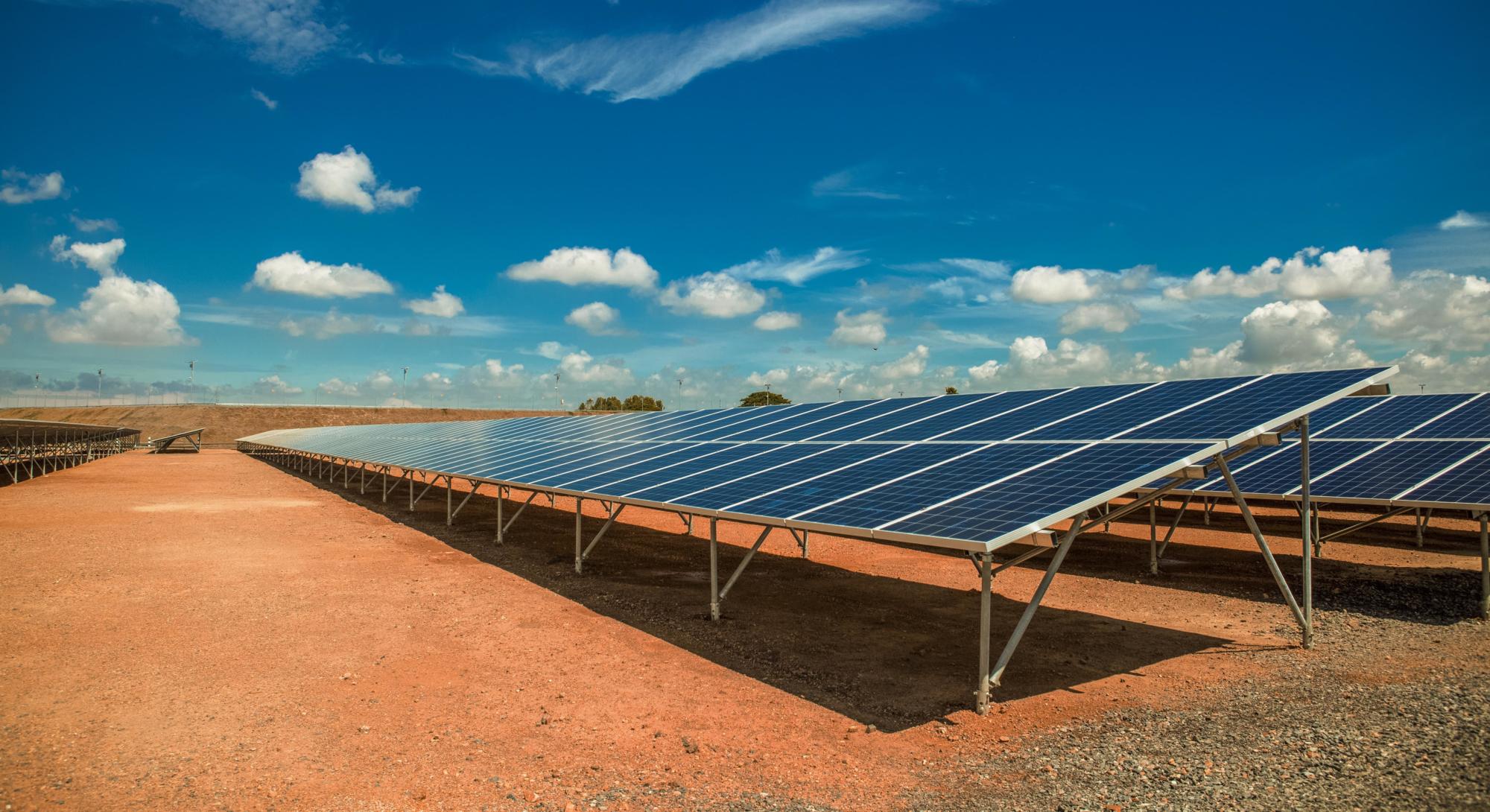
Blog post
Australia – time to play catch up on climate change
It’s been over five years since Scott Morrison, then Treasurer of Australia, brought a big lump of coal into Parliament and brandished it as though it was a trophy. Morrison went on to become Prime Minister a year later so it is no surprise that under his leadership, Australia was to be considered the villain of COP26 climate talks, bragging about keeping mining coal well beyond 2030, while the rest of the developed world worked on phasing it out.
Over the past decade or so in power, the Coalition Government seemingly ignored the multiple opportunities for low-cost energy efficiency, demand management and renewable generation. As a result, the country now finds itself hopelessly ill-prepared and vulnerable to an energy crisis made raw by its continued dependence on fossil fuels.
As my colleague Matt Taylor noted, “climate change” is a politically charged term in Australia and can be divisive. Just ask the Labor government about the learnings from their 2019 federal election campaign. Thankfully the Australian public voted in a ‘climate friendly’ Labor Government earlier this year. Whilst a promising step, we cannot ignore that its emissions reduction goal of 43 per cent by 2030, is less than the target they promised ahead of the 2019 election.
Despite these headwinds, we are still firm believers in Australia’s energy transition and the huge opportunities presented by it. Having been active from afar in the Australia market for a number of years, the opening of our new Sydney office is a recognition that the time has come to establish a dedicated presence to support our clients and build new relationships in this exciting market. This new office will build upon our growing presence in the APAC market, and further extend our existing capabilities in Australia.
Looking forward, what can be done to take the country from climate laggard to climate leader?
- Alignment of political will, at both Federal and State level
Various states have been driving forward renewable energy policies but not at a pace that offers an answer to the immediate problems. Locations for Renewable Energy Zones (REZ) have been identified as part of the Australian Energy Market Operator’s (AEMO) Integrated System Plan and are being implemented by state governments in New South Wales, Victoria and Queensland. These illustrate the state led drive to capture the abundant wind and solar resources across the country by utilising a shared transmission network to link the generation to load centres, minimising the network congestion. Private sector approval for these measures has been clearly illustrated, by applications for ten times more generation capacity than the 3 GW aimed for by the New South Wales (NSW) Government, in the first REZ in Central West Orana.[1]
However, there is still unnecessary complexity from within state governments, such as the initial proposals for long-term energy service agreements (similar to a CfD – contract for differences), and more can be done through clear alignment of Government at both the federal and state level to reduce the unnecessary complexity of delivering additional renewable generation.
Early indications on this are positive., the legislation to increase Australia’s 2030 emissions reduction has successful passed through the parliament and federal and state governments seem to be working more effectively together on the capacity market concept and safeguard mechanism.
- Transmission, Transmission, Transmission
The lack of transmission and connection capacity remains the biggest constraint to onshore renewable developments in Australia. Admittedly, it is easy to forget the sheer scale of the country (its 7.7 million square-kilometre land mass would nearly cover the whole of Europe and is not far off that of the US) and so building a robust country wide grid remains an enormous challenge. Furthermore, the grid was never built to accommodate generation in the regional and remote locations.
The NSW’s government pioneering contestable transmission build out in the Central West Orana REZ is a watch and see, given the uncertainty over the market and regulatory interface.
A significant increase in investment, whether that be through the private or public sector, is required. Alongside this, regulation is required to increase competition in the sector combined with the adoption of technological advancement. These measures should hopefully allow the grid to become more efficient, intelligent, and optimised for the future.
- Adoption of newer technologies
Australia is blessed with an abundance of natural resources and that includes an abundance of sunshine and wind. The challenge for the county is to turn this potential into actual generation before the existing fossil-fuelled plants are mothballed. To put this into context, over the next two decades, 16 gigawatts (GW) of thermal generation (61% of the current coal fleet in the National Electricity Market) is expected to retire but hopefully over the same period, 26–50 GW of new large-scale wind and solar capacity is forecast to come online.[2]
Whilst achieving this transition is a mammoth task, it is the firming capacity needed to maintain a reliable electricity supply, that may prove to be the greatest challenge. The adoption of fast starting generation and longer duration storage is increasingly the focus across all stakeholders. We see opportunities for both shorter duration battery storage and long duration solutions, such as pumped hydro or even newer technologies such as advanced compressed air energy storage or gravity-based solutions.
Offshore wind deserves its place at the table and the early signs are positive from the Federal Government too. Whilst some question the need to go offshore, given the vast land mass available and its comparable higher LCOE to existing onshore generation, it is precisely this need to provide a balanced and reliable supply that means offshore wind should be part of the mix. It should enable GWs of generation to be delivered directly to large existing load centres and transmission points, avoiding potential onshore social license issues given more than 85% of the population lives within 50km of the coast.
This is all before we get on to the role of Hydrogen and whether Australia can indeed play the role of a Hydrogen super-power, but we’ll leave that for another discussion.
- Social license is critical
The buy-in of the Australian public will be critical to delivering the energy transition. As demonstrated at the polling booths in May, whilst Australian’s care deeply about the environment and their surroundings, it is their day-to-day livelihoods that still matters most and so ongoing dialogue must continue at all levels to ensure the energy transition delivers for all. Years of scare mongering and political bickering have left scars. Now is the time to demonstrate the true benefits from a jobs, economic opportunities, and environmental perspective.
So, there is plenty for us to work on as we launch Green Giraffe down under. We are proud and excited to be part of the energy revolution that is taking place in this country and being a key part of the transition from the coal dependent generation to utilising the abundant renewable resources – the green revolution. Who knows, maybe before long we could even use the words “climate change” again.
[1] Source: https://reneweconomy.com.au/nsw-looks-to-quadruple-size-of-first-renewable-energy-zone-after-eraring-closure/
[2] Source: AER – State of the Market 2021

